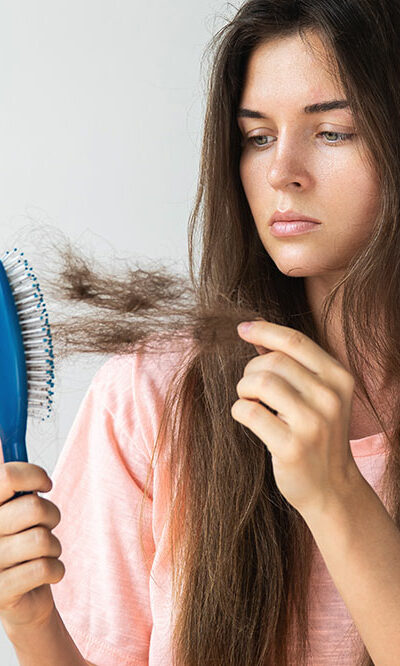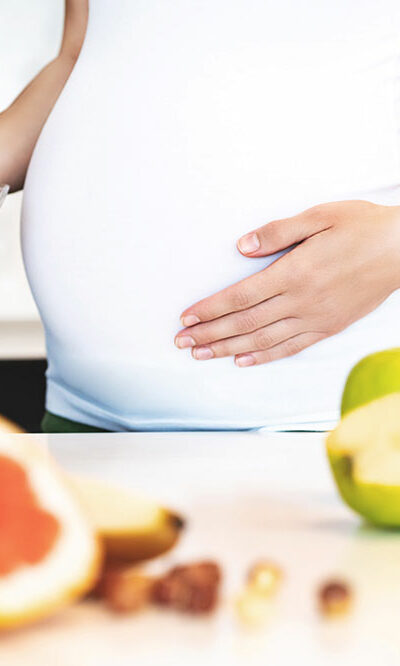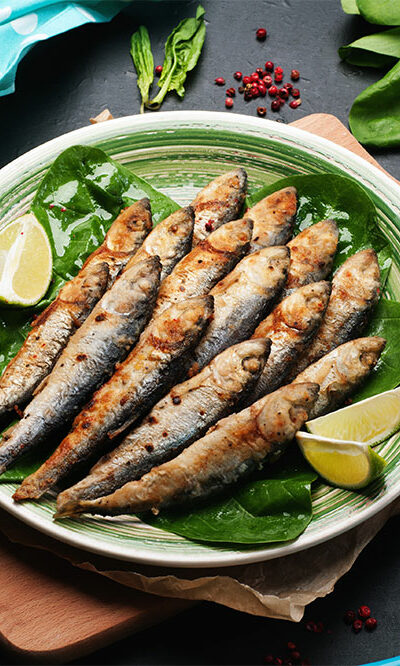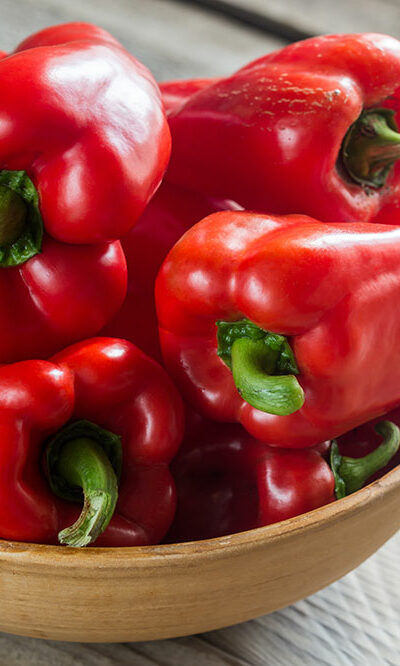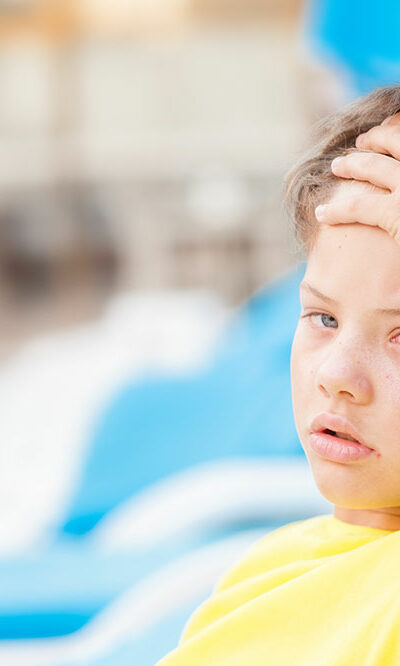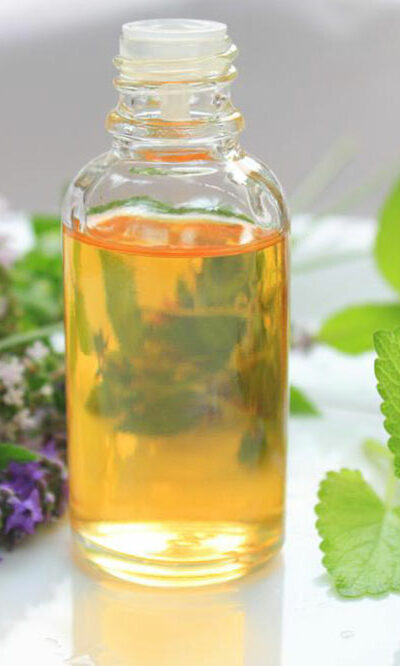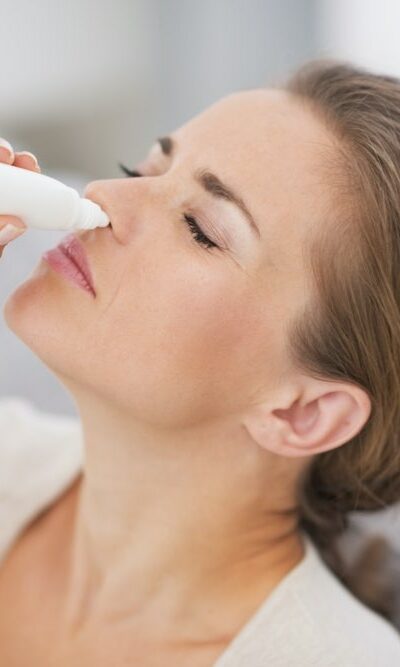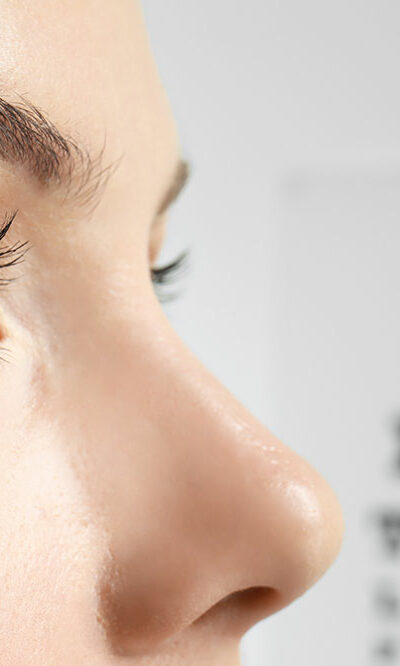
7 tips to maintain your eye health
Of the five senses bestowed, vision is considered to be one of the most precious. Healthy vision ensures that you do not miss out on the wonders of the world; therefore, you must not take your eye health for granted. While some eye conditions are inevitable as we grow older, there are a few things that you can do to maintain your eye health and reduce the chances of losing vision. Here are seven tips to follow for lifelong optimal eye health. Eat vitamin-rich foods Diet plays an important role in keeping your eyes healthy. You must ensure that your meals are rich in vitamin C and E, zinc, lutein, and omega-3 fatty acids. These nutrients help prevent age-related eye problems like macular degeneration and cataract. Some healthy food options for eye health include leafy greens, fish rich in omega-3 fatty acids, eggs, nuts, beans, and citrus fruits. Wear sunglasses The right pair of sunglasses can protect your eyes from retinal damage, and reduce the chances of developing cataracts. It also protects your sensitive eyelid skin from wrinkles and skin cancer around the eye. To get these benefits, you must ensure that your sunglasses can provide 100% protection against UV-A rays and UV-B rays. Take breaks from screens Exposure to blue light from a computer, tablet, or phone screen for long can cause dry eye, eyestrain, neck pain, and headache. To avoid these, you must take a break from the screen every 20 minutes, and remember to blink often when working. It’s best to use glasses or contacts that are suitable to reduce the effect of the blue light on your eyes. Avoid smoking Smokers are at a greater risk of damaging their eye health in the long run. Tobacco smoking is directly linked to age-related macular degeneration (AMD). It also causes cataracts, uveitis, in addition to other health problems.
